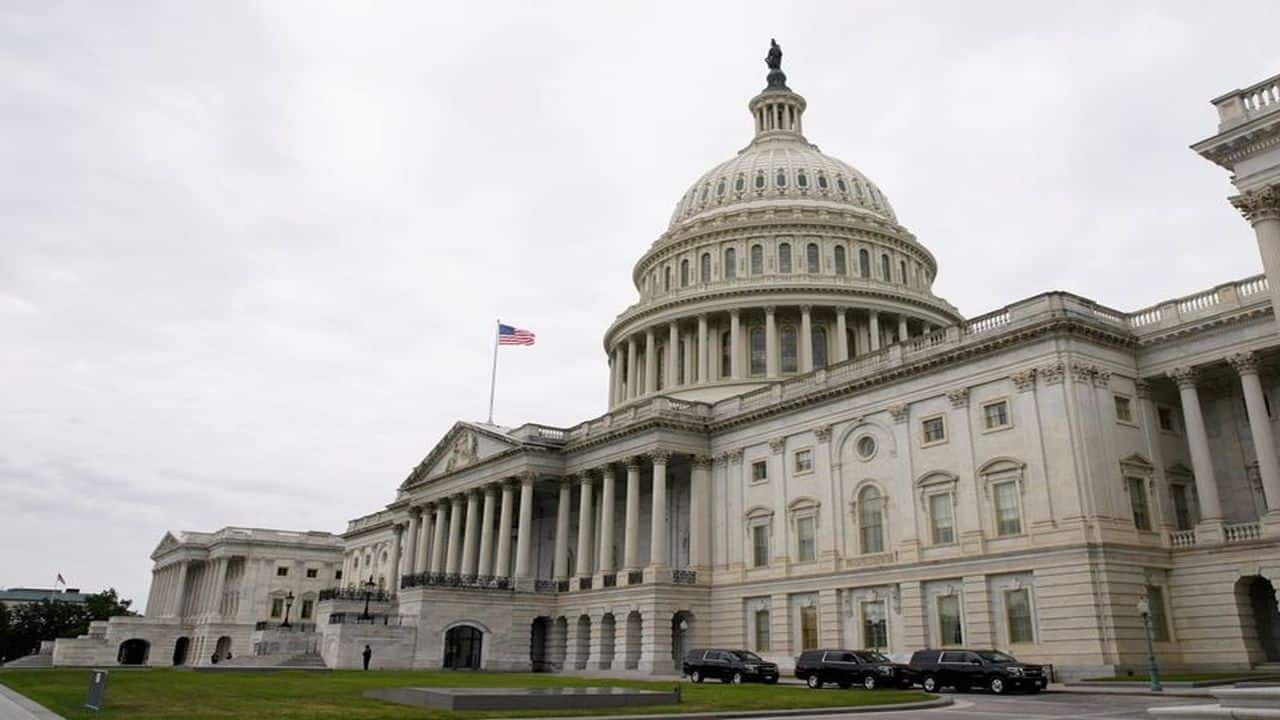San Diego Gas & Electric wants to phase out several energy efficiency programs it administers, saying that doing so would result in about $300 million in savings that can be passed on to customers over a six-year period.SDG&E recently filed the request with the California Public Utilities Commission —or CPUC — which has the final say on whether the proposal is accepted or rejected.If approved, SDG&E estimates the $300 million reduction between 2026 and 2031 would translate to typical residential customers saving up to $1.
36 each month on their bills.Commercial customers — who use a lot more electricity and natural gas than residential customers — would see larger savings, according to SDG&E’s forecast.The potential reduction on a sample monthly bill ranges from $34.

52 for a small restaurant (that used 4,715 kilowatt-hours of electricity and 186 therms of natural gas) to as much as $787.73 for a large hotel (using almost 121,000 kilowatt-hours of electricity and 4,156 therms of natural gas).SDG&E officials want to make the change because they say the regional energy efficiency programs the utility administers are not a good use of ratepayer dollars.
“By requesting the CPUC to phase out these non-cost-effective programs, we aim to keep customers’ bills as low as possible,” said SDG&E Chief Executive Officer Caroline Winn in a statement.In its 16-page filing with the utilities commission, SDG&E proposes closing the regional energy efficiency programs that it oversees.However, the proposal would keep in place statewide energy efficiency initiatives and would not affect projects aimed at helping low-income customers, such as the California Alternate Rates for Energy (CARE) and Family Electric Rate Assistance (FERA) programs.
As for skeptics who might say $1.36 in savings per month for residential customers doesn’t amount to much, SDG&E’s director of customer programs Hollie Bierman said, “This is part of our larger focus on affordability across the company. It is a small part of our goal to reduce rates and bills for customers and every little bit counts and works towards a larger goal.
”The Utility Reform Network (TURN), a consumer group that frequently weighs in on CPUC matters, said in an email to the Union-Tribune that it “applauds SDG&E for taking a hard look at the programs funded by ratepayers and identifying an opportunity to reduce rates by relinquishing its Energy Efficiency Portfolio Administrator role.”Efficiency programs — such as light bulb, thermostat and appliance replacements — have been a staple of California energy policy since the 1970s. The CPUC has credited them with helping to keep per capita energy in the state flat, while the rest of the U.
S. has increased by about 33%.But the programs, whose costs are passed onto ratepayers, have come under scrutiny.
An 85-page analysis from the California State Auditor released last month, among other critiques, said “it appears that utilities have begun to exhaust more straightforward energy-savings approaches — such as the installation of LED lighting — because an increasing number of ratepayers have already adopted these technologies.”A report in March from the Public Advocates Office, the consumer watchdog arm of the CPUC, said that “as California has strengthened building codes to mandate higher efficiency standards, the effectiveness of many existing programs has diminished.”It went on to say that program budgets “have not been adjusted and continue to expand,” placing “an excessive financial burden on ratepayers.
”Related ArticlesState money for zero-emission school buses heads to 12 districts in San Diego CountyIs Gavin Newsom changing his tune with the oil industry?An unobstructed view: Project replacing utility poles in Bay Park wraps upTesla deliveries in San Diego tumbleShould California drivers get charged by the mile? A pilot program is looking into itSDG&E pointed to an executive order issued in October by Gov. Gavin Newsom as one of the reasons for submitting its proposal.Noting complaints about California’s high utility rates and concerns that a sizable number of customers are struggling to pay their power bills, Newsom’s order included a directive for the CPUC to “modify or sunset” ineffective programs “whose costs exceed the value and benefits to electric ratepayers.
”Utility rates across California have soared in recent years.According to the California Legislative Analyst’s Office, average rates for the three big investor-owned utilities in the state — SDG&E, Pacific Gas & Electric and Southern California Edison — have increased between 48% and 67% from 2019 to 2023.More than 322,000 residential customers in SDG&E’s service territory in January were at least one month behind in paying their bills, according to a recent tabulation by the Union-Tribune.
That translates to 23.6% of all residential accounts.SDG&E has asked the CPUC to expedite the schedule for discussion and hearings about its request.
The utility hopes to receive a final decision by the end of this year, which means any potential changes could go into effect around the first quarter of 2026.No other investor-owned utility in California — such as PG&E or Edison — has filed anything similar to SDG&E’s request..
Business

SDG&E looks to nix energy efficiency programs, saying it will save ratepayers money

The proposal needs approval from the California Public Utilities Commission; SDG&E estimates it would save residential customers $1.36 per month.















